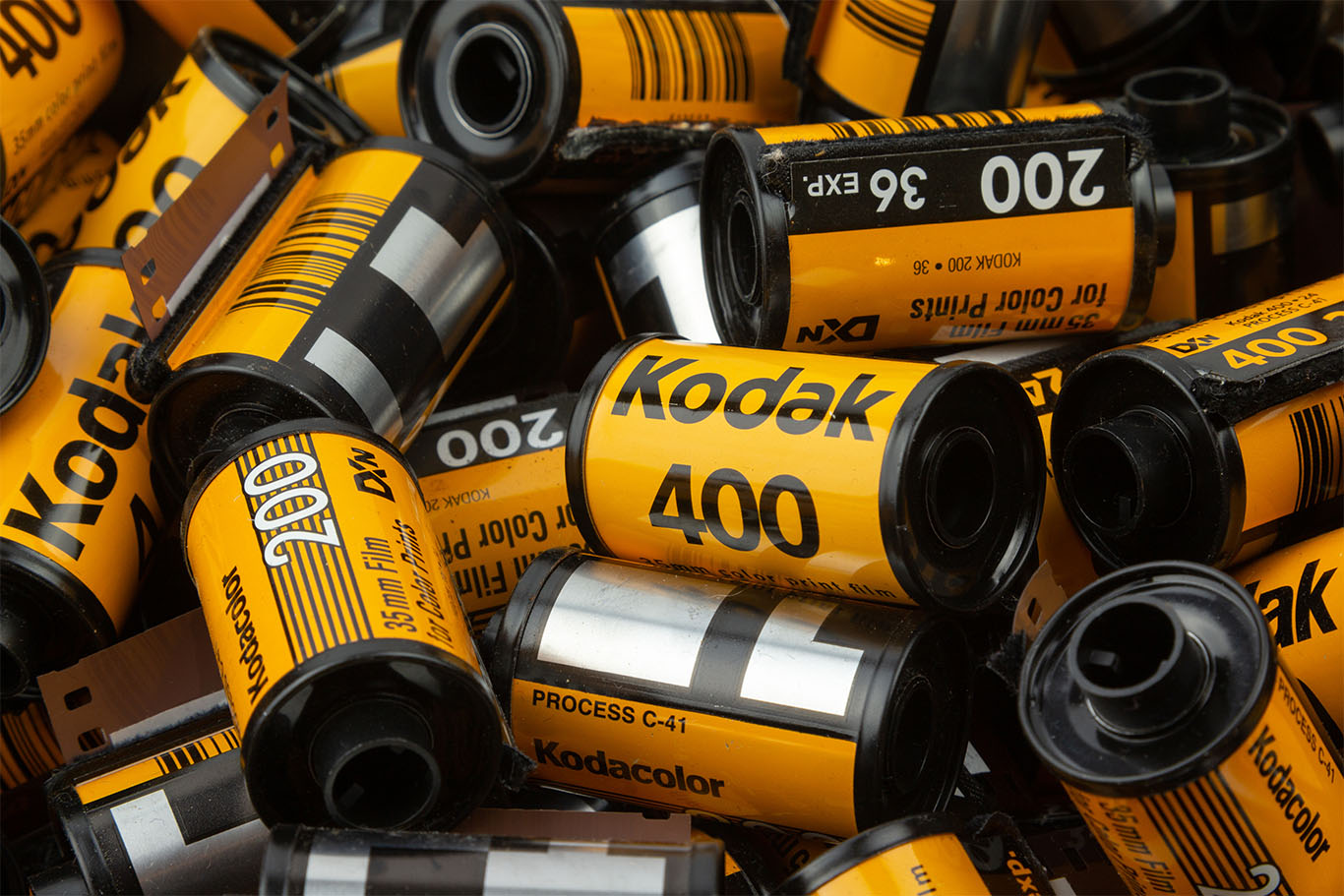
Uncertainty grows around Kodak’s future as losses mount
Subscribe to our free newsletter today to keep up to date with the latest business news.
Once a dominant force in imaging technology, Eastman Kodak is again facing serious questions about its survival. In its latest regulatory filing, the company acknowledged “substantial doubt” about its ability to continue operating, a signal that its financial position is deteriorating faster than anticipated.
Strategic pivots that failed to deliver
Kodak emerged from bankruptcy in 2013 with a renewed focus on commercial printing, packaging and advanced materials. At the height of the COVID-19 pandemic, it attempted a controversial pivot into pharmaceutical manufacturing, backed by a proposed $765 million federal loan. That initiative collapsed under federal scrutiny, and the company was left without a clear growth driver.
Current operations are heavily weighted toward industrial and specialty printing technologies. These segments have not delivered consistent profitability. Unlike competitors that diversified into higher-margin areas, Kodak’s efforts have lacked both execution strength and market momentum. Cost-cutting measures have slowed losses but failed to generate sustainable performance.
Industry trends offer little relief
Kodak’s decline mirrors a wider contraction in analog-dependent sectors. Demand for consumer film remains limited to niche artistic circles, while the commercial print industry continues to shrink. Although the Kodak brand retains nostalgic value, that value has not translated into meaningful or predictable revenue.
Manufacturing firms reliant on legacy infrastructure face high fixed costs, limited pricing power and exposure to global supply chain risks. In contrast to firms like Fujifilm, which successfully repurposed their capabilities into healthcare and digital technologies, Kodak has struggled to define a coherent identity for the modern market.
Options narrowing as pressures build
The company has not outlined a detailed strategy in the wake of its latest filing, stating only that it is evaluating paths to strengthen liquidity. Analysts suggest possible moves could include asset sales, a scaled-back operating model or a shift toward licensing the Kodak name to third parties.
Some of Kodak’s intellectual property and niche manufacturing assets may hold value for buyers in adjacent industries. However, absent a strong turnaround plan, investor confidence is likely to erode further.
Kodak’s next moves will need to demonstrate clarity and urgency if the company is to retain control over its future.